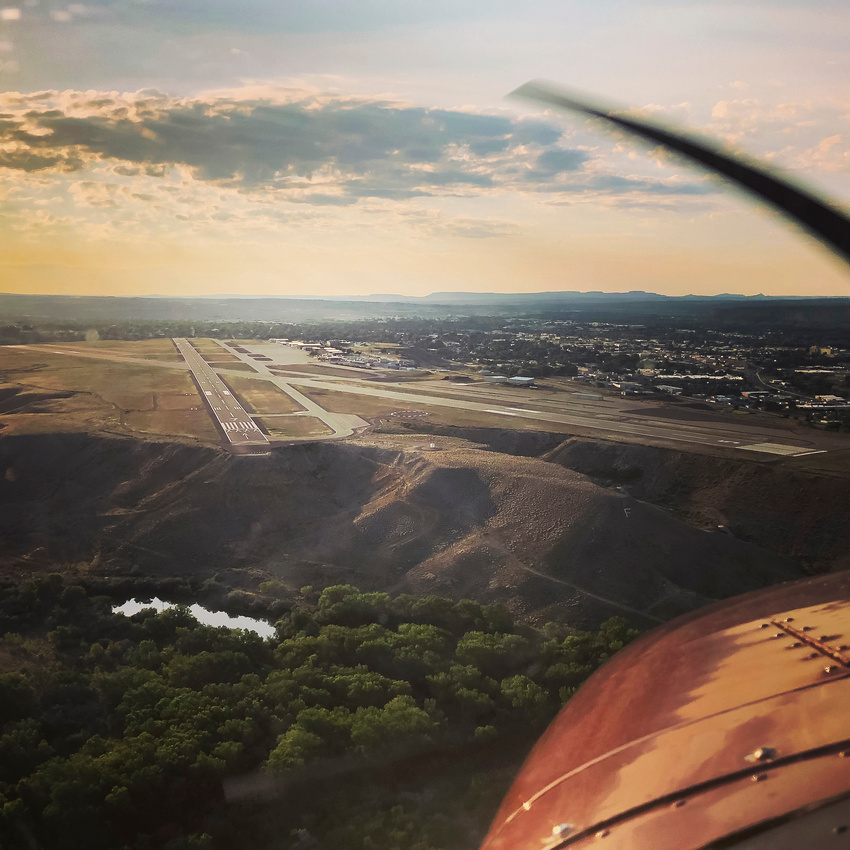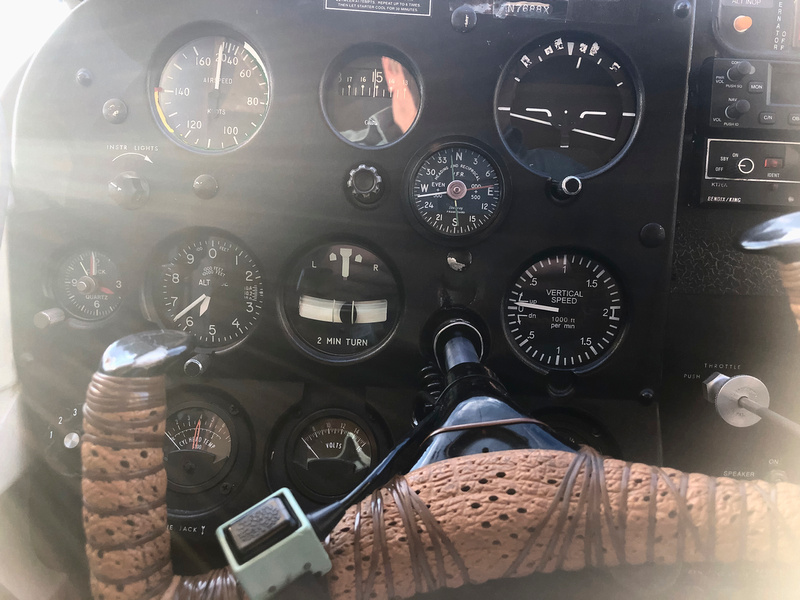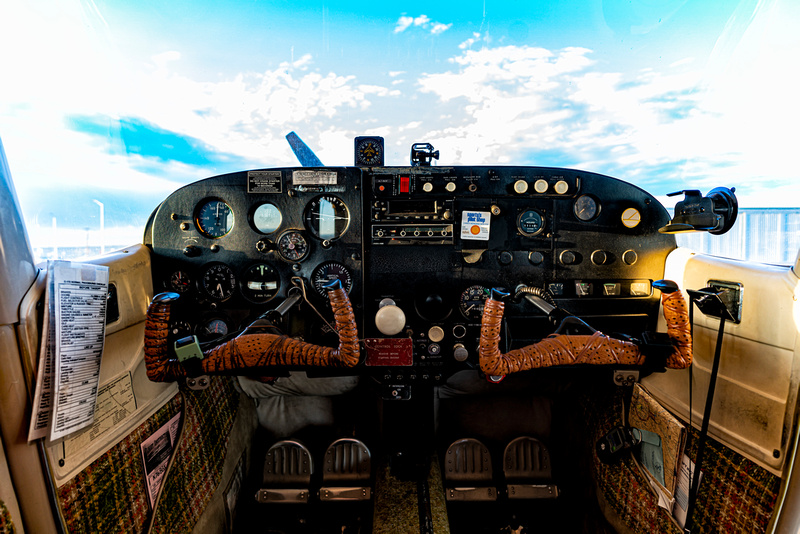7 hours to solo is pretty impressive. As is the progress in radio controlled models. I've heard that the drone rules have impacted RC aviation. True?
I learned to fly in the early 80's. I stopped flying 22 years ago. 32 hours into my instrument rating. Mountain flying checkout complete. HP checkout was completed. I was working on my tailwheel endorsement and eyeing a complex checkout and maybe a multi-rating (light twins... idk). Divorce is costly in a lot of ways, especially when you get custody of 4 kids (wouldn't trade that for anything though).
Two years ago I decided to get my medical and BFR and get back in the air. I spent a year trying to find an instructor so I could get my BFR out of the way. I found one down in PKV. At the time that was 2 hours from my house. I flew with him 4 hours and the next flight was going to be a short cross country / sign off flight.
Before that could happen I got transferred to FMN (a year ago). The instructor here had multiple students approaching signoff. It took almost a year to get 7 hours with him and 11 hours (total) to get signed off. The last 4 hours were done in 3 back to back days otherwise I might still be working on my BFR.
The switch from steady gulf coast winds to landing on a mesa top in winds that are literally 180 degrees different from one end of the runway to another changed the game a little. High density altitude is normal. It's been fun. I sincerely mean that.
The goal is to get my own C182 (or C172) and finish my instrument rating. The C182 part is going to be tough. There are no cheap C172's or C182's. The C210 spar AD is pushing those guys to sell and nobody wants to take that on, so the C182 is pretty popular. The C206 is awesome but $$$. The adult in the room (sometimes I hate that guy) says I have to consider that I'm 61, not far from retirement, and who knows how long I can keep my medical. Do I really want to invest in an airplane (it's not really an investment)?
It's a 15 hour drive (950 miles one way) to go home from here. In a C172 it's 8 hours not counting weather delays or extra pstops. I've flight planned it a couple of times a month for 2 years

. There's one fuel stop, maybe two if nature calls or the winds are being... windy (more than one hour fuel reserve onboard when I land though), I know the route well. Winter up here could cause a no-go (to or from) but winters are pretty mild. Spring is when it gets dangerous. A Cirrus went down up on the mesa last spring, south of the
NAPI (mesa south of the airport), in the
Bisti Badlands. The weather that day was horrendous. Snow showers curling back into the low cloud deck, high winds.. not fit for man or beast. A VFR pilot flew into that. No chute. No recovery of the pilot. There are thunderstorms scattered across the route home beginning around ROW (possible first fuel stop). MAF usually has a line of thunderstorms in the area. SJT is where they start to dissipate (and the flight planned fuel stop). Those would probably cause a deviation or landing and checking into a hotel. Obviously this is a generalized viewpoint of the weather based on two years of looking at it.
N7688X is a 148 hp 1960 C172 with Johnson bar flaps (that I've come to love) with an instrument panel that isn't standard (not diggin that at all. The instrument training is still a very strong instinct.) She ain't fast, she could stand for some aileron trim adjustment, the panel drives me nuts sometimes, and there is no engine driven vacuum system so the DG and attitude indicator are a tad sluggish. But I can fly

Here's what I call the third landing of my second first solo
Short Final Runway 7 KFMN
N7688 Xray panel
No RNAV or ILS approaches will be shot from here

This is not in flight btw. Note the VSI. The altimeter setting is off (should read a hair over 5,500)
Prettier view. The tach is just behind the left side of the yoke








